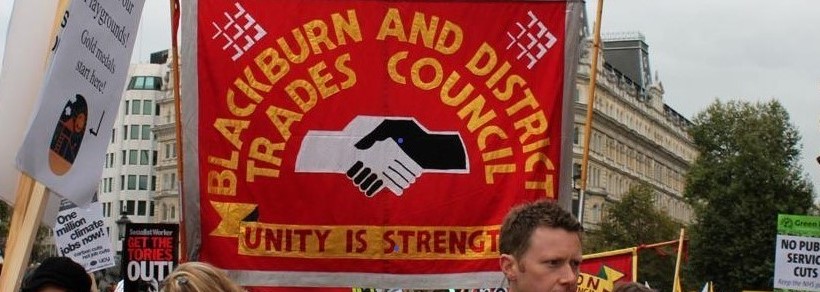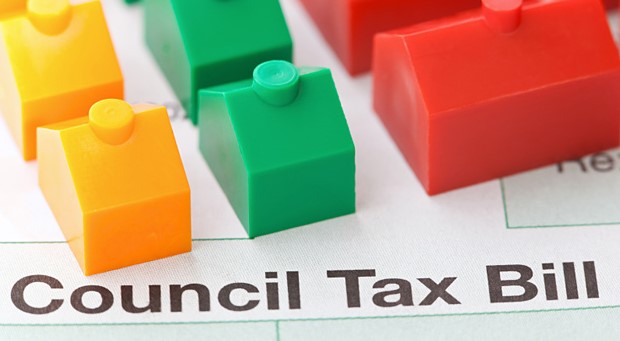In the lead up to the 2022 Local Council elections, senior figures in the Conservative Party made much of the claim that Conservative Councils set lower levels of Council Tax.
Oliver Dowden, for instance, said that “Conservative councils charge the lowest taxes in the country”.
And Victoria Atkins said that “If you look across the board at the cheapest council tax councils in England, they are Conservative”.
It was a claim also widely put about by the Prime Minister.
The point made relates to what is called the “Band D measure”, because it is the Band D Council Tax rate that Councillors actually set, with all the other Bands being in a fixed ratio to this.
A Channel 4 “Fact Check” published on 04.05.22 (FactCheck: do Labour or the Conservatives charge lower council tax in England? – Channel 4 News) concluded that “FactCheck analysis of government data finds that Conservatives control five of the top ten cheapest areas by Band D rates, and ten of the top 20”. So, by that measure, honours are relatively even.
Channel 4 also said that it had verified Labour Party counter-claims that: “On average, Labour councils charge £329 less than Conservative councils on council tax per dwelling, according to analysis by the Local Government Association of official government data released on Wednesday.
“Labour councils also charge £40 less on Band D properties than their Tory equivalents, on average”.
What seems to get less attention is that there is a bias in the whole Council Tax system.
An “Institute for Fiscal Studies” Report from 2020 – “Revaluation and Reform: bringing Council Tax in England into the 21st Century” makes the comment “LAs with more valuable properties tend to set lower Band D rates”.
It is unclear what their source for this is, but it can be seen that – in principle – a Council with a greater proportion of more valuable properties will raise more from a given Band D rate than a Council with an equal number of properties but a greater proportion in the lower Council Tax bands. The following examples are entirely hypothetical and illustrative in respect of the numbers, but they demonstrate how the distribution of property types can mean a big difference in the amount of revenue raised by the same Band D rate.

The other way that the comparison works, is that the Council with a higher proportion of lower rated properties faces a need to set a higher Band D rate, all other things being equal, than the Council with the higher proportion of higher rated properties – just to achieve the same level of revenue.

If one believed those areas with higher proportions of higher rated properties tended towards the Conservatives, one might even form the impression that this was a system introduced by a Conservative Government to make Conservative Councils look better…. At the time, maybe, everyone was so relieved to see the back of the Poll Tax that nobody gave it much thought.
Another implication is that Councils can, at least theoretically, improve their revenue position without increasing their Band D Council Tax by changing the proportion of properties in the different tax bands – even if this does not lead to an overall increase in the number of homes. There is something of an assumption about, that this is one of the drivers of Blackburn with Darwen’s enthusiastic house-building programme.
The impact of housing type distribution on Council revenue is further complicated by the range of discounts, exemptions, and premiums in the system, meaning that there is only a weak correlation between a Council’s Band D rate and the average bill its residents have to pay. While Westminster and Wandsworth in London have both the lowest Band D rates and the lowest average bills in England, areas around Teesside, County Durham and Northumberland in the North East have some of the highest Band D rates in the country, yet still relatively low average bills.
Once you realise the bias at the core of the Council Tax system it becomes clear that the “Band D measure” is useless as a basis for comparison of the relative efficiency and performance of any Councils, whatever their political colour. Any effective comparison would need to involve a lot more information.
It is besides, a comparator that takes no account of possible differences in social conditions and the demands made on Councils according to the differing circumstances of their populations. One might guess, for instance, that an area with a higher proportion of lower rated housing might also manifest the increased needs associated with deprivation.
We also need to remember that cuts in the central government contribution to Council funding bit much deeper in deprived areas, which also often didn’t have the kind of business rates to draw on that more affluent areas do. In December 2021, and article on the “Sky News” website (Levelling Up: Areas with high levels of deprivation suffered the most from austerity | UK News | Sky News) pointed out that “for the most deprived 10% of local authorities spending power per person fell by almost two-fifths between 2010 and 2021, twice as much as it did for the least deprived 10%”.

“Needs-based grants from central government used to be the largest source of revenue for councils” the article explained. “Now, they rely far more on council tax and retained business rates levied on residential and commercial properties in their area. This has tied council budgets much more closely to the wealth of the local area”.
According to Institute for Fiscal studies a modicum of improvement will be achieved by the 2022-2023 Local Government Finance Settlement, and “in contrast to the last decade, councils serving more deprived parts of England will see bigger increases in funding than those serving more affluent areas next year”. The damage done in that decade cannot, however, be rolled back in one year. “The planned increase will mean councils’ core spending power next year is set to be 2.4% higher in real-terms than in 2015-16. However, population growth means that it will remain 1.8% lower per person in real terms than in 2015-16 – and much lower than back in 2010 prior to austerity commencing”.

